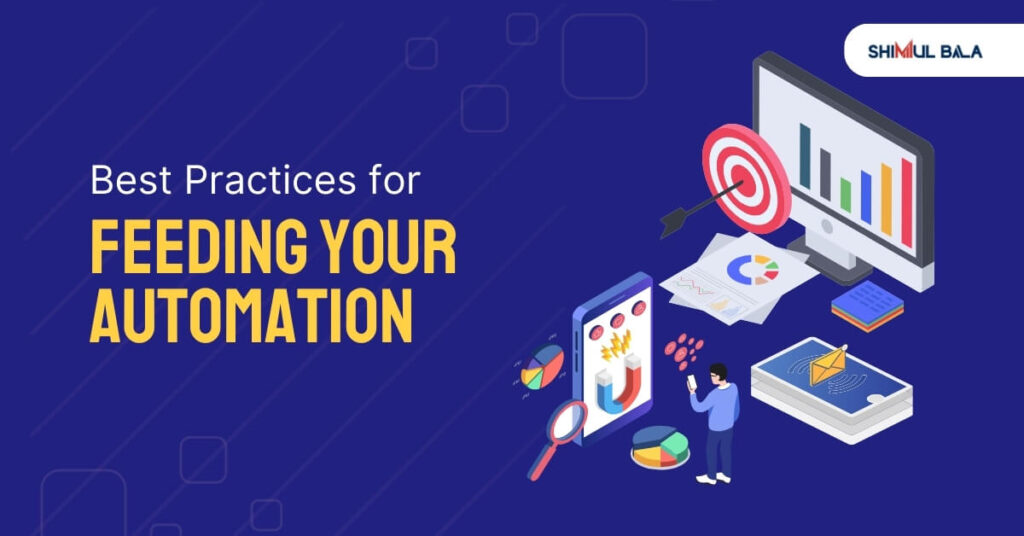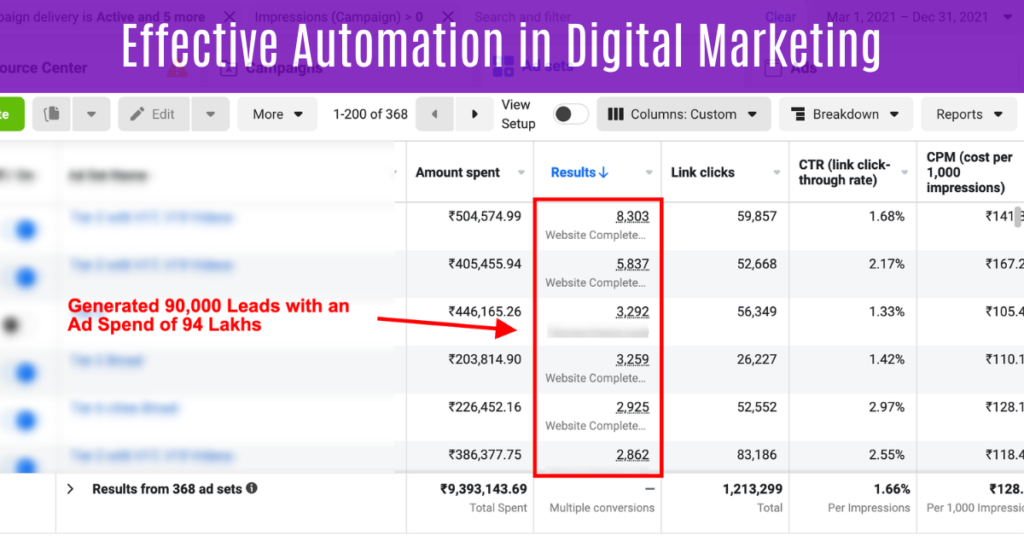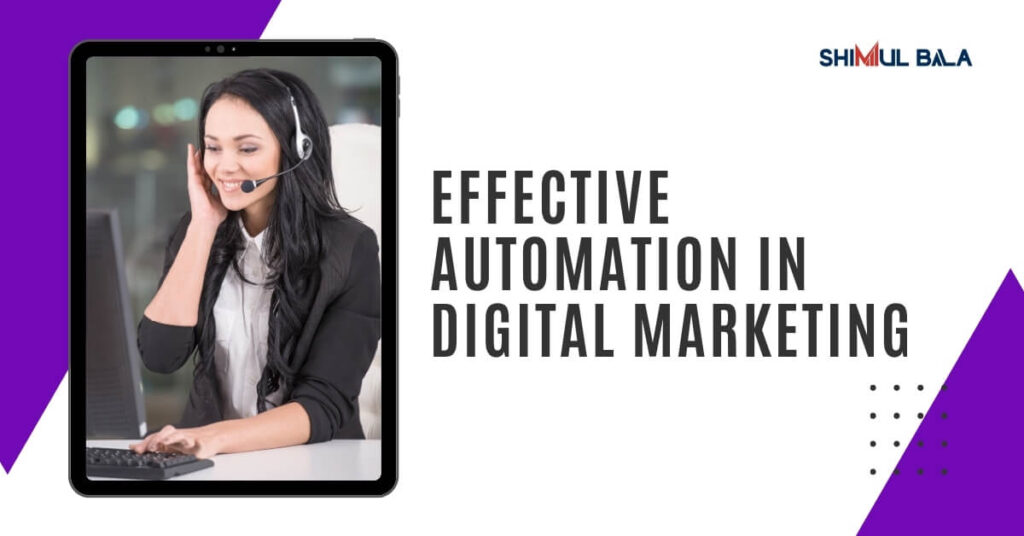In the fast-paced world of digital marketing, the role of automation cannot be overstated. “Effective Automation in Digital Marketing” isn’t just about letting software do the work; it’s about fueling your marketing tools with the right data. This blog post explores how the data you feed into your automation tools powers your marketing efforts, ensuring success in your digital campaigns.
The Essence of Automation in Digital Marketing
Automation in digital marketing has revolutionized how we engage with audiences, manage campaigns, and analyze data. It’s a tool that, when used correctly, can transform your marketing strategy, saving time and increasing efficiency.
Why Data Matters
At the heart of effective automation lies data. The quality and relevance of data you feed into your automation systems directly impact your campaign’s success. This is where “Effective Automation in Digital Marketing” comes into play, emphasizing the need for high-quality data.
Understanding Your Measurement Strategies
Before diving into automation, it’s crucial to understand the metrics and KPIs that matter most to your business. These measurement strategies help in assessing the performance of your campaigns and making informed decisions.
Audience Signals and Their Impact
The audience signals you incorporate into your automation tools are pivotal. They help in targeting the right demographic, ensuring that your message reaches the intended audience at the opportune moment.
The Power of First-Party Data
First-party data, the information you collect directly from your audience, is a goldmine for “Effective Automation in Digital Marketing.” This data helps in tailoring your campaigns to suit the preferences and behaviors of your audience, enhancing engagement and conversion rates.
Best Practices for Feeding Your Automation

To leverage automation effectively, certain best practices need to be followed. This includes regular data updates, audience segmentation, and continuous testing and optimization of your automation strategies.
Regular Data Updates
Keeping your data fresh and relevant is key. Outdated data can lead to misinformed decisions, affecting the overall performance of your digital marketing efforts.
Audience Segmentation
Dividing your audience into distinct groups based on behavior, demographics, or interests allows for more targeted and personalized marketing strategies.
Testing and Optimization
Continuously testing and tweaking your automation setups ensures that they remain effective and efficient over time.
Case Studies: Success Stories in Automation

This section will include brief case studies or real-world examples demonstrating successful “Effective Automation in Digital Marketing” strategies.
Conclusion
In conclusion, “Effective Automation in Digital Marketing” is all about the data you feed into your systems. High-quality, relevant data ensures that your automation tools work at their best, driving success in your digital marketing campaigns. Remember, the power of automation is only as strong as the data behind it.
FAQ:
What is digital marketing automation?
Digital marketing automation involves using software and technologies to automate repetitive marketing tasks. This can include email marketing, social media posting, ad campaigns, and more. It’s designed to make marketing processes more efficient and personalized.
Why is data important for marketing automation?
Data is crucial for marketing automation because it feeds the algorithms that run these systems. Quality data helps in targeting the right audience, personalizing content, and making informed decisions, ultimately leading to more effective marketing campaigns.
How can I ensure the data I use for automation is high-quality?
To ensure high-quality data for automation, regularly update your data sources, validate and clean your data to remove inaccuracies, and use reliable data collection methods. Also, segmenting your data can help in targeting specific customer groups more effectively.
Can automation in digital marketing replace human input?
While automation can handle many repetitive tasks, human input is still vital. Humans are needed for strategy development, creative content creation, and interpreting data in ways that automation can’t. The best results often come from a blend of automation and human creativity.
What are audience signals, and how do they affect automation?
Audience signals are data points that indicate user behaviors, preferences, and interests. They are crucial for automation as they help tailor marketing efforts to specific audience segments, making the campaigns more relevant and effective.
Is first-party data important for marketing automation?
Yes, first-party data is extremely important as it is collected directly from your customers and is specific to your business. It’s valuable for personalizing marketing efforts and understanding your audience better, which leads to more successful automation strategies.
How often should I update the data used in my marketing automation tools?
Data used in marketing automation should be updated regularly to ensure relevance and accuracy. Depending on the nature of the business and the type of data, updates can range from real-time to monthly intervals.
What are some common challenges with marketing automation?
Common challenges include managing data quality, integrating various marketing tools, creating personalized content, and keeping up with evolving technology. Addressing these challenges requires a strategic approach and continuous optimization.
Can small businesses benefit from marketing automation?
Absolutely! Marketing automation can be particularly beneficial for small businesses by saving time, reducing costs, and allowing for more targeted, effective marketing efforts even with limited resources.
How does automation impact ROI in digital marketing?
Automation can significantly improve ROI by increasing efficiency, reducing manual errors, and enabling more targeted, personalized marketing. This often leads to higher engagement rates, better conversion rates, and ultimately, increased revenue.

